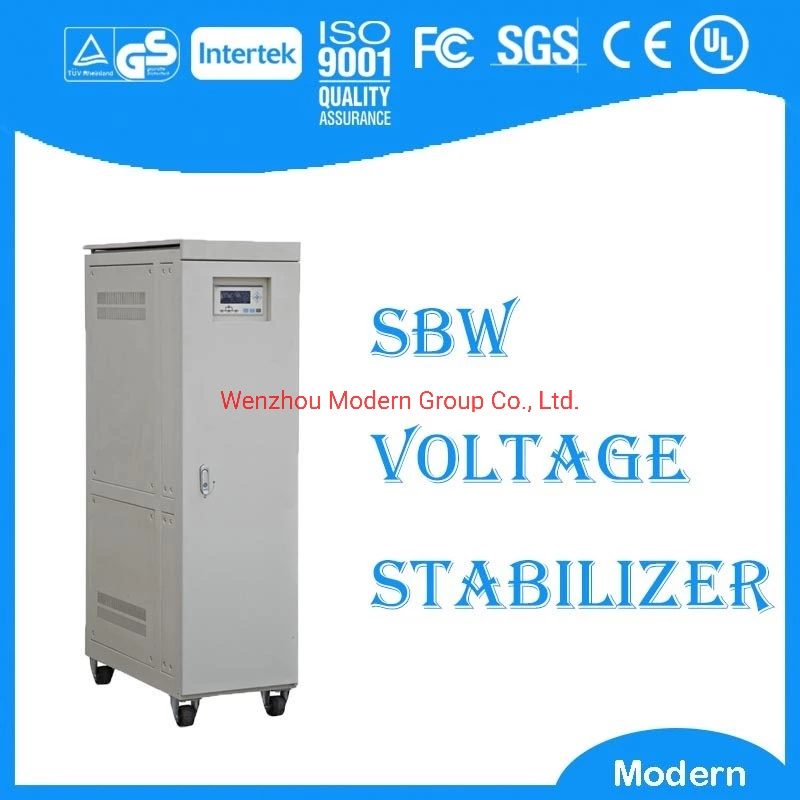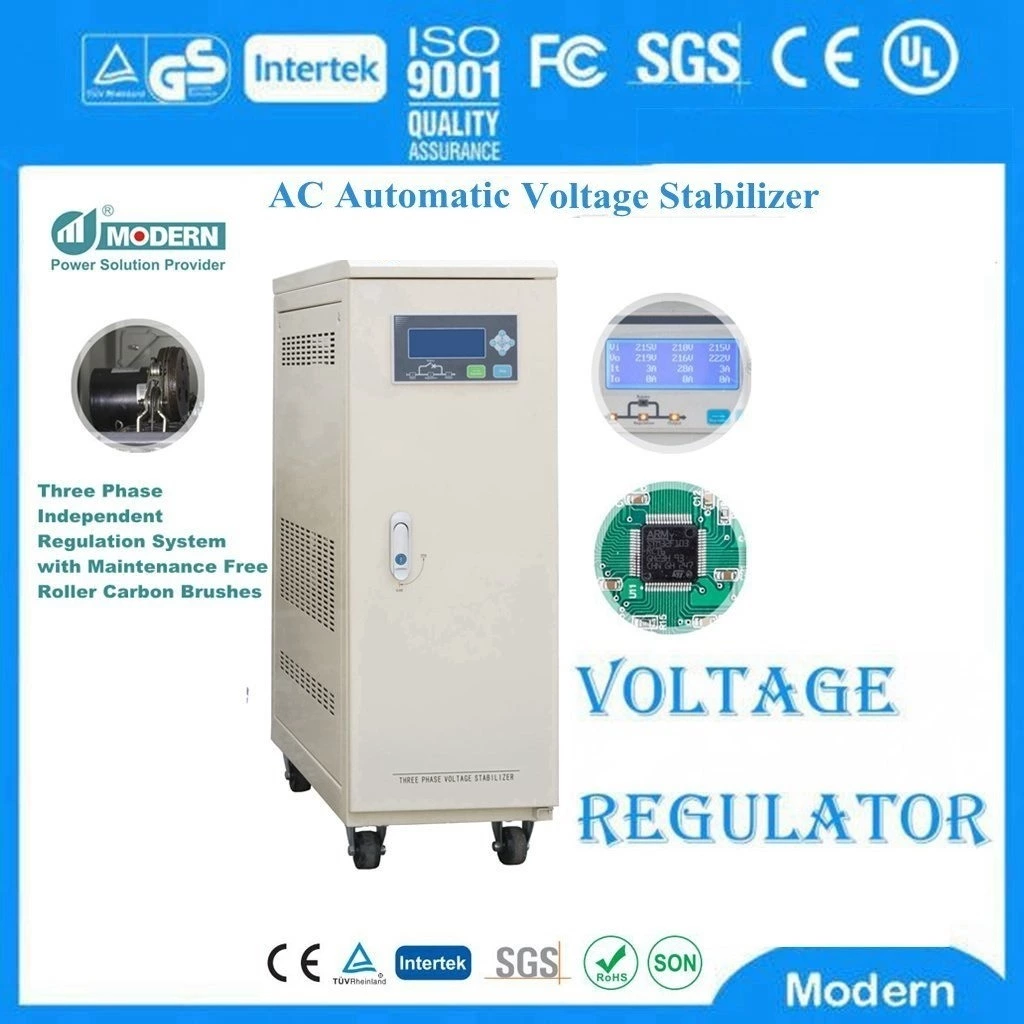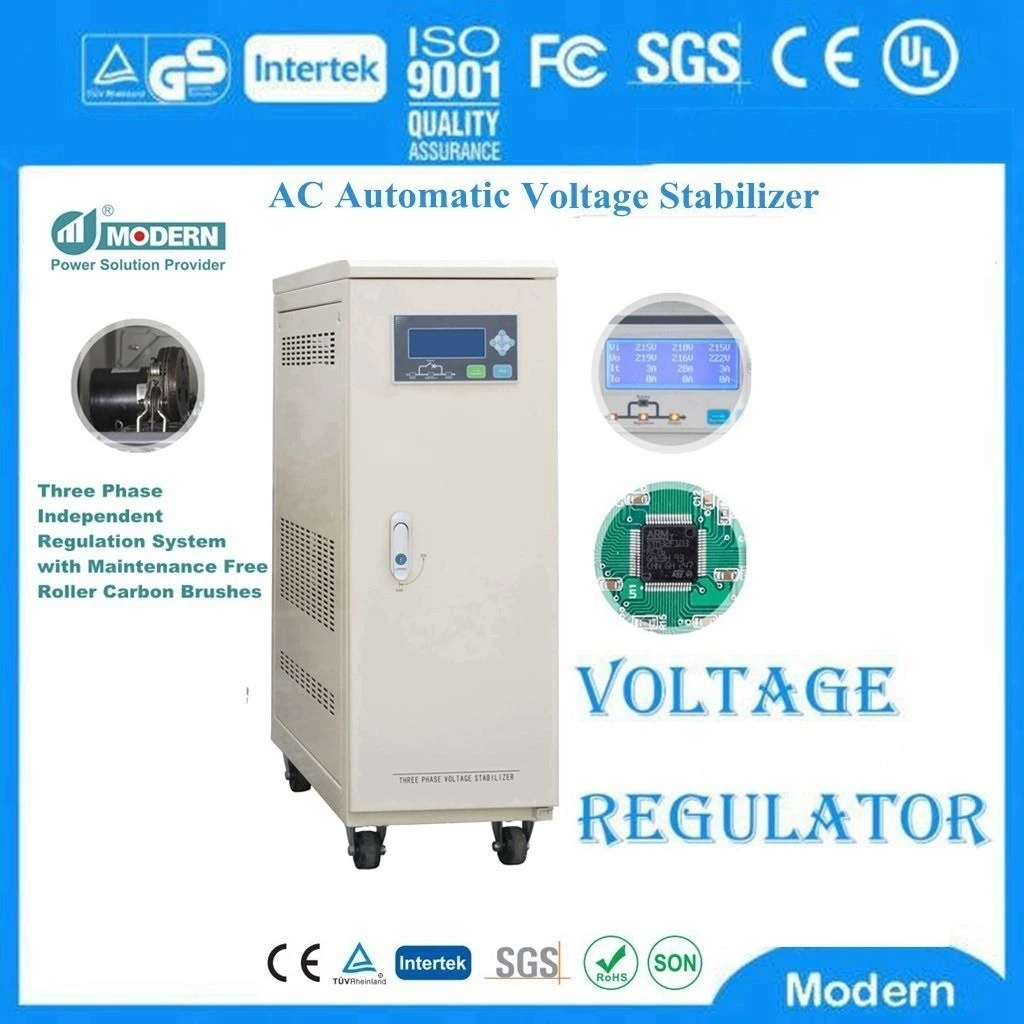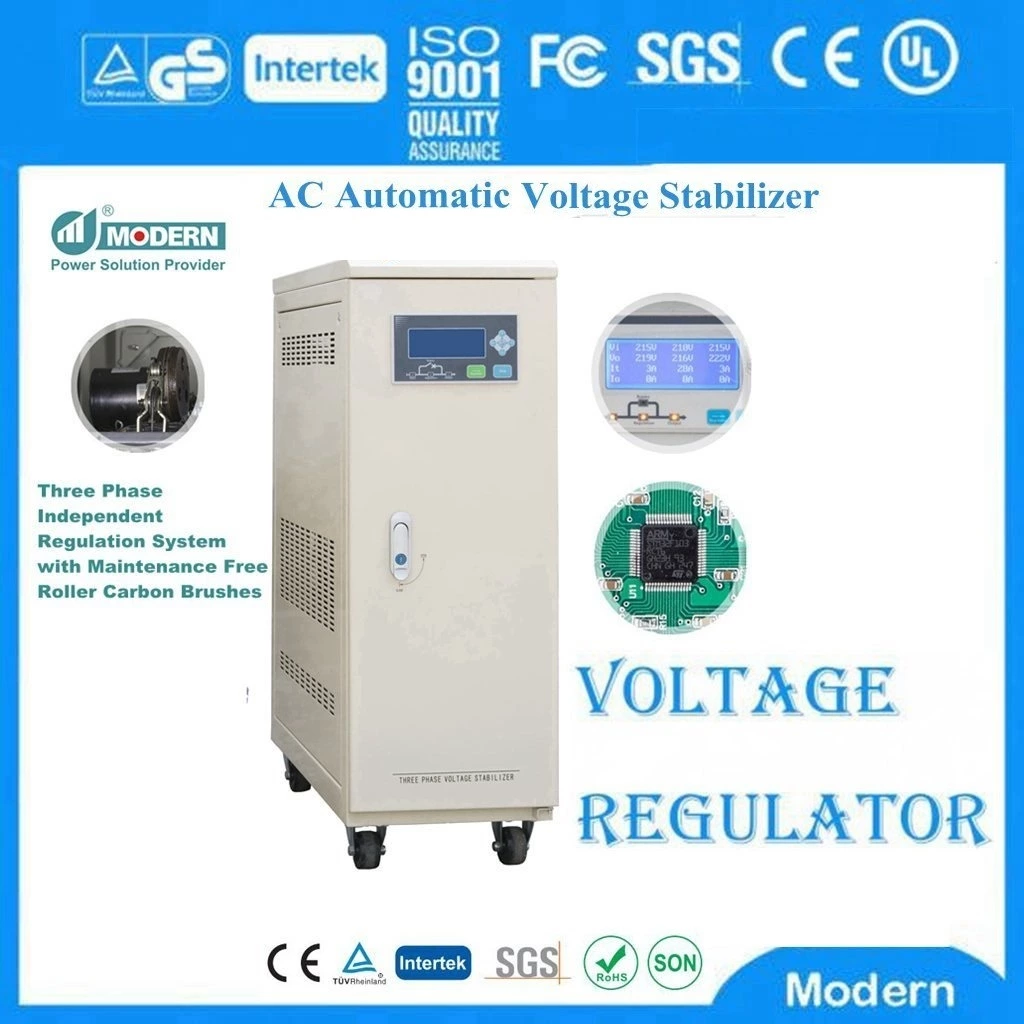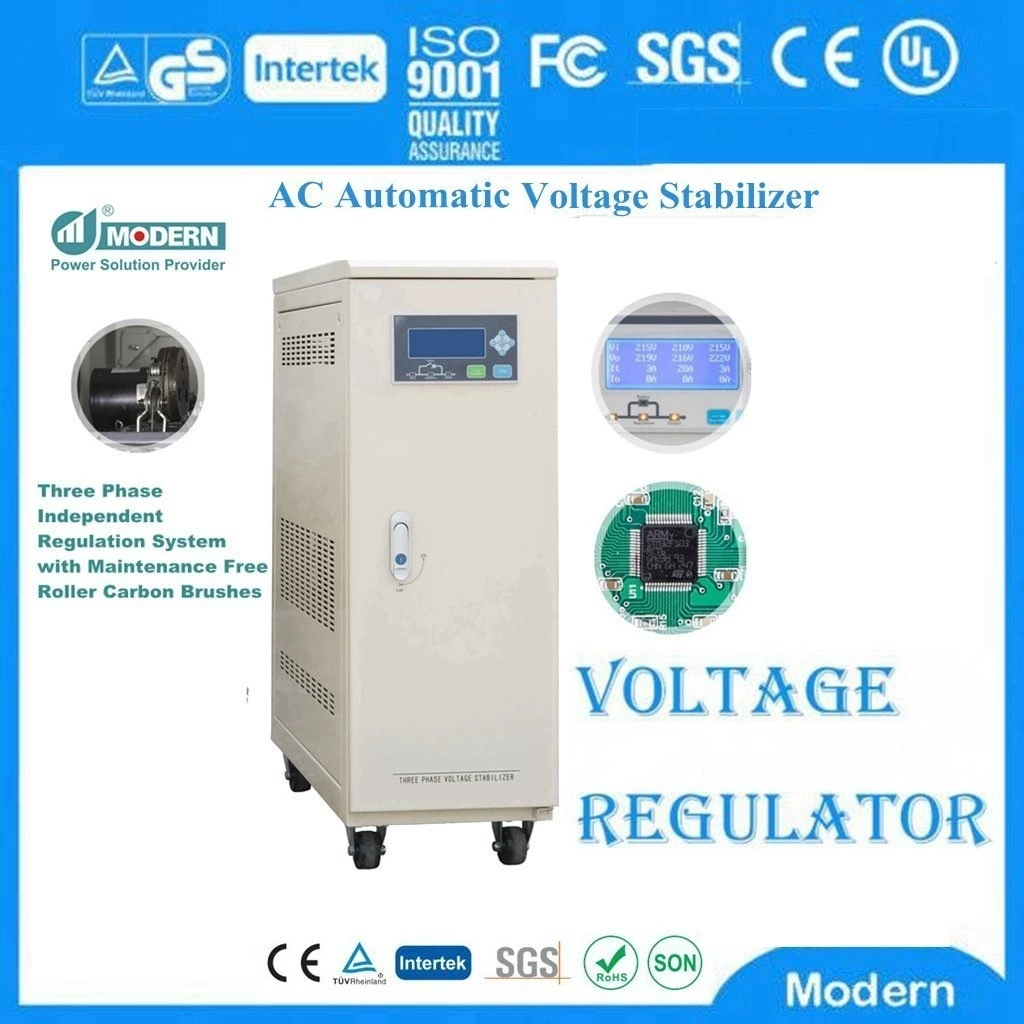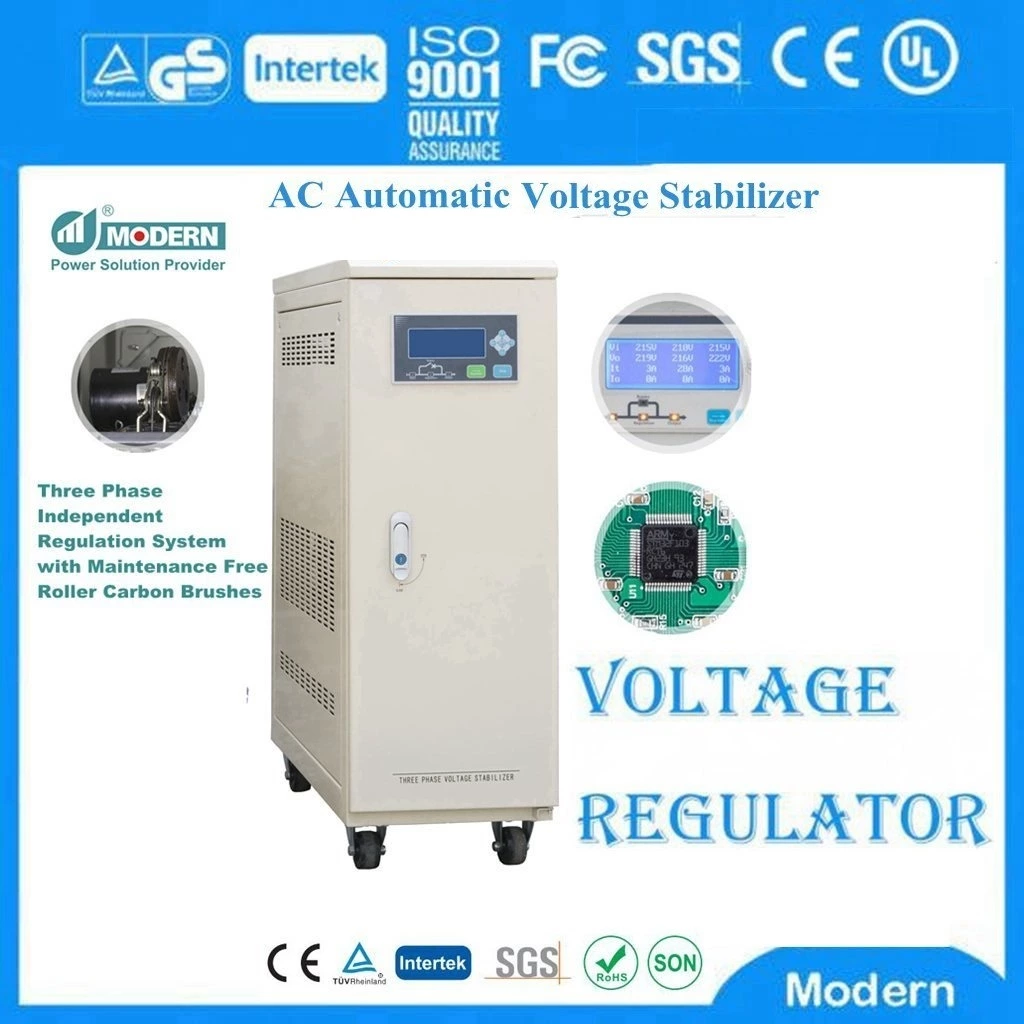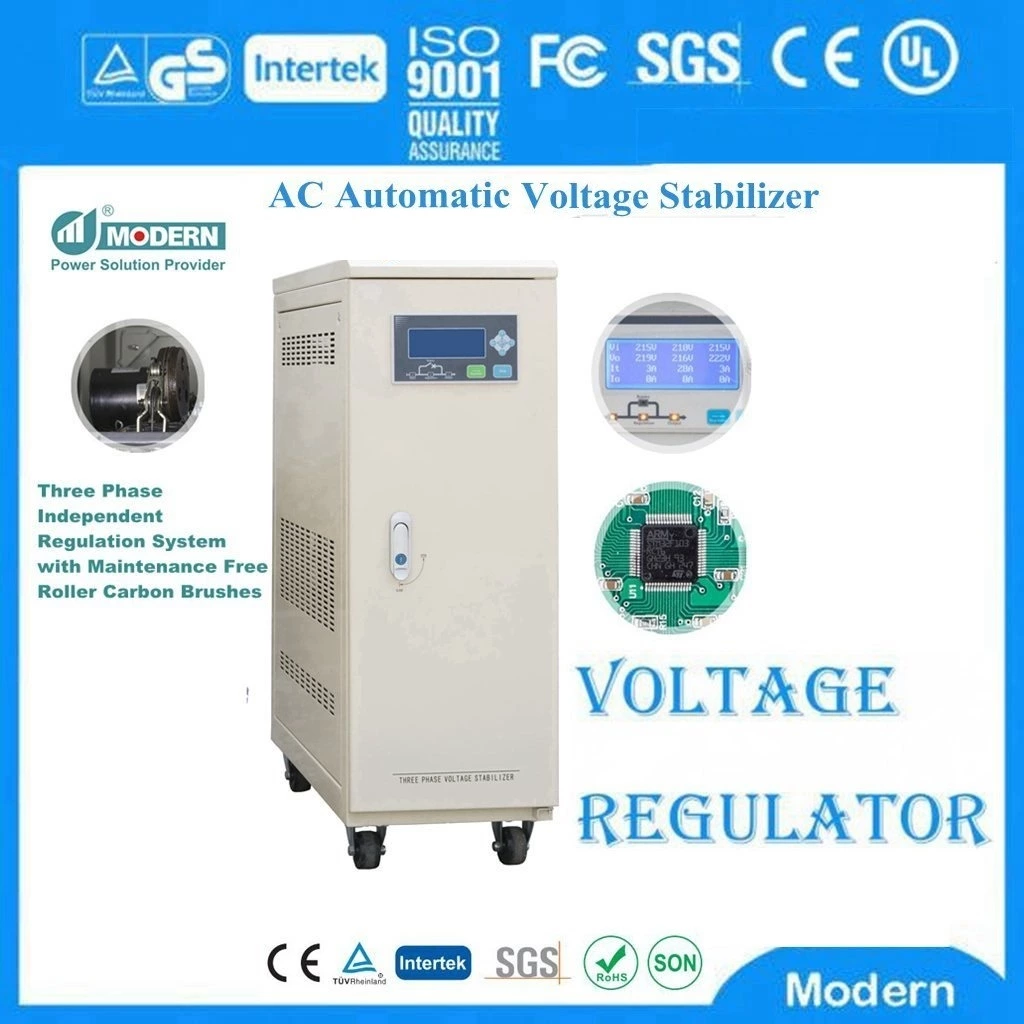Function And Principle Diagram Of Ac Reactor
The main function of AC Reactors is anti-interference, and its principle is based on the electromagnetic induction phenomenon.
AC reactors can play an impedance role in circuits, especially in some AC circuits with higher working voltages. In order to prevent the high-order harmonics generated by electrical equipment from "polluting" the power grid, AC reactors are usually installed at the incoming line of electrical equipment. It is a three-phase coil wound on a three-phase iron core. The wire diameter of this coil should be thick enough because it is generally connected to the main circuit and needs to flow through large current and high voltage for a long time.
As for the schematic diagram of the AC reactor, since it is a complex electrical component, its internal structure and working principle involve professional knowledge of electromagnetism and circuit science, which is usually difficult to describe comprehensively and accurately with simple text or graphics. But the basic principle is that when a conductor is energized, a magnetic field will be generated in a certain space range it occupies, and all electrical conductors that can carry current have inductance in a general sense. The AC reactor uses this principle to achieve impedance to the AC signal in the circuit through specific coil winding and core configuration.
If you need more detailed and professional schematics and explanations, it is recommended to consult relevant electrical engineering textbooks or consult a professional electrical engineer.
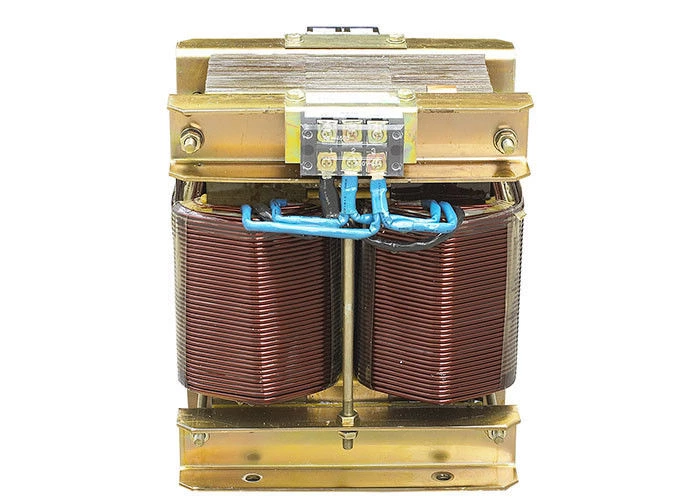
 Русский
Русский
 Français
Français
 Português
Português
 Español
Español
 اللغة العربية
اللغة العربية
